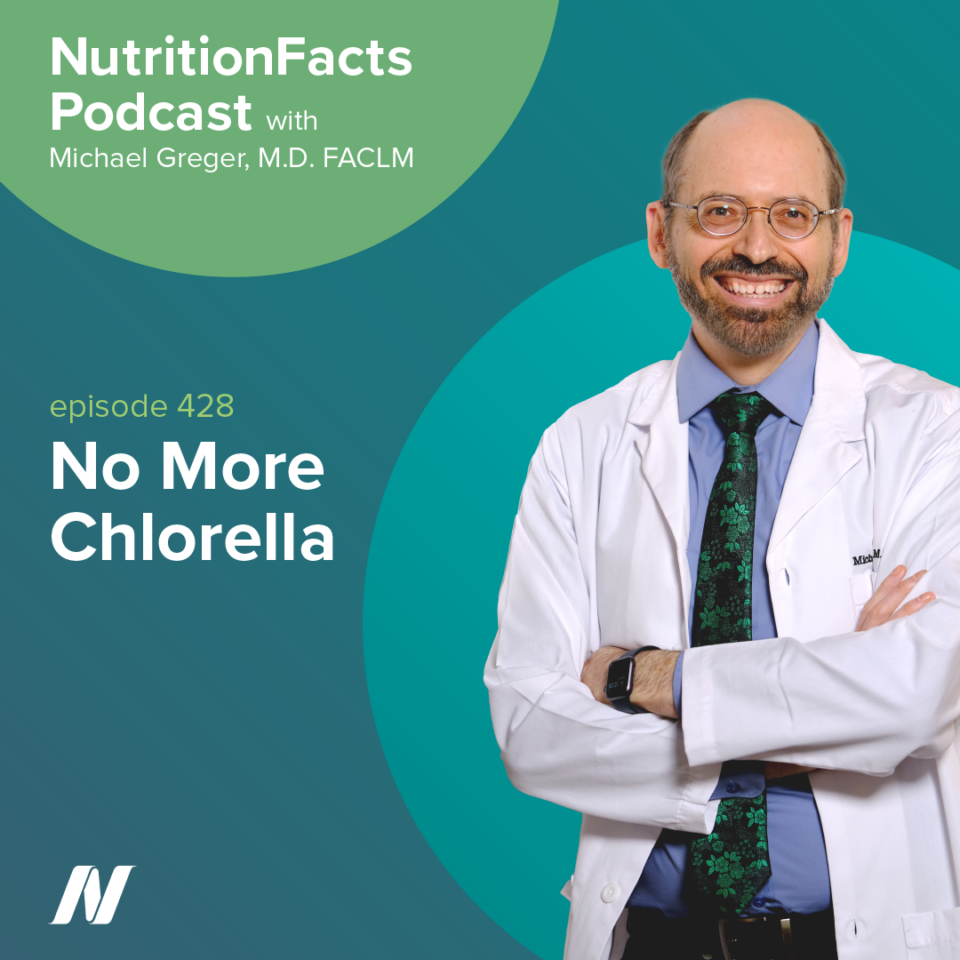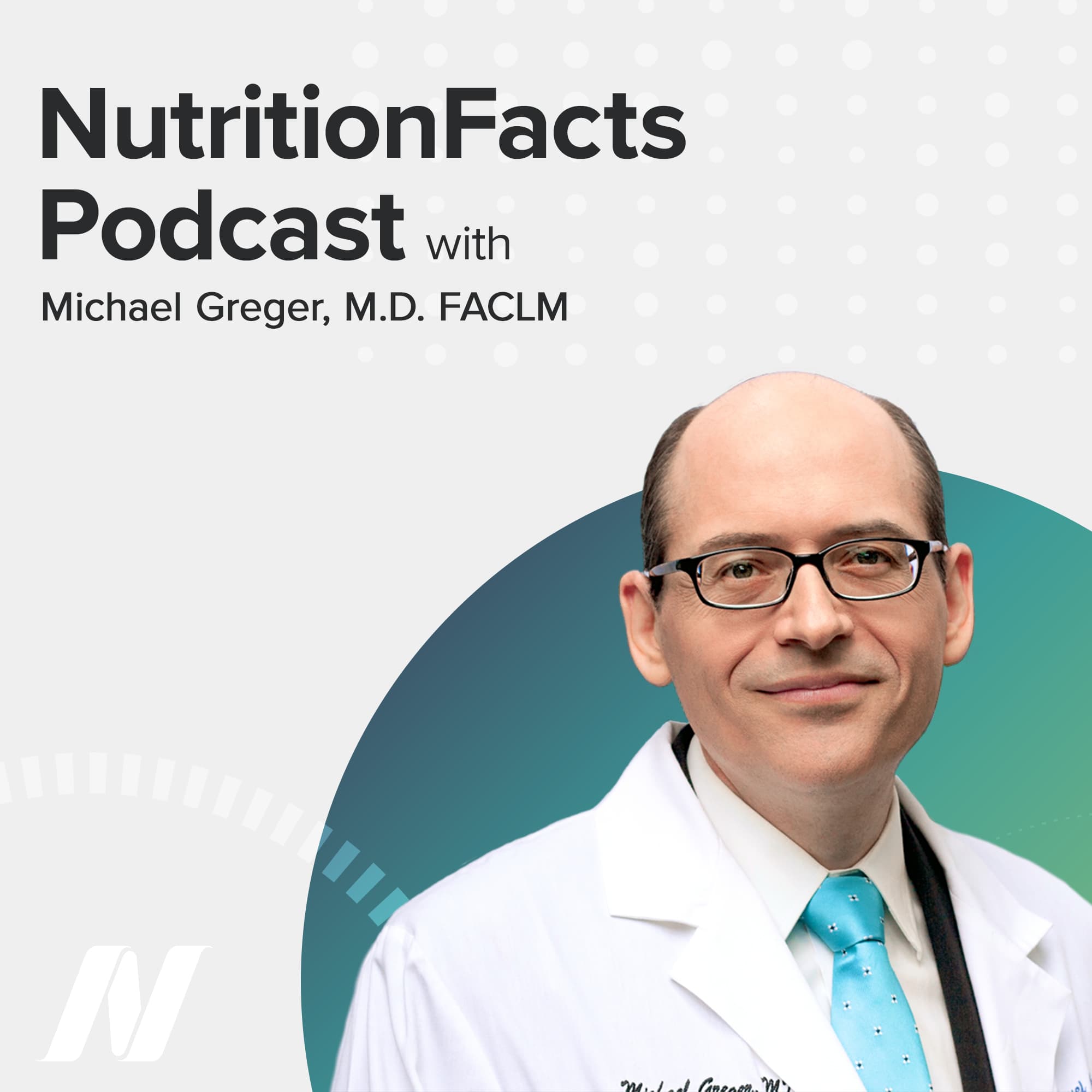Today, we look at new research that reveals why we should steer clear of consuming chlorella and spirulina. Here’s our first story.
Schizochytrium, the type of algae used to make algae-based DHA supplements is grown under controlled conditions and has been found to be free of marine biotoxins. The same can’t be said for blue-green algae products, like AFA, Aphanizomenon flos-aquae, a blue-green algae harvested from Klamath Lake in Oregon and marketed as a dietary supplement.
Studies have shown this blue-green algae can produce significant levels of cylindrospermopsin and saxitoxin. Cylindrospermopsin is a liver toxin, and saxitoxin is a neurotoxin, listed as a Schedule 1 substance in the Chemical Weapons Convention. The first big exposé of AFA was published in 2000, with microcystin liver toxins found in 85 of 87 samples, 72 percent exceeding Oregon State’s safety limit of one part per million, which is based on an average adult weighing 60 kg (about 132 pounds) and consuming about 2 grams a day.
AFA has the toxigenic genes that produce these microcystins directly, but when you’re harvesting it outdoors, it is almost impossible to avoid the presence of other algae species that can produce toxins too. Since their release on the market and after some public inquiries about adverse health effects of these products, the producers of the Klamath Lake blue-green algae products have repeatedly claimed that their products are safe. Okay, maybe not safe, but at least has toxin contamination below the regulatory limit.
In 2018, dozens of blue-green algae products containing AFA were tested, and about a quarter were close to, or over, the regulatory limit, though only one Klamath Lake powder significantly exceeded the limit at nearly 3 parts per million. But in 2020, two AFA supplements tested at closer to 50 parts per million. At the recommended doses, that could present up to 75 times the tolerable daily intake. When those two off-the-charts contaminated brands were tested in the 2018 survey, they only had down about the limit. This confirms that there is a potential for great variability between lots of AFA harvested from Klamath Lake. So, even if a supplement company claims their brand tested under the limit, you never know what their next bottle is going to contain. Other studies have shown up to the same 50-fold variability among batches of the very same brand.
There was even a case reported of a young woman who died of liver failure tentatively attributed to the prolonged consumption of toxic AFA supplements, given the levels of the toxins the researchers were able to pick up in the liver on autopsy. In light of the findings, the distribution and commercial sale of AFA blue-green algae products for human consumption appear highly questionable. And the irony is that they are commonly consumed for purported “detoxification.”
Here’s the latest: In 2023, Klamath Lake AFA continues to be contaminated with up to ten times the upper safety limit. To minimize exposure to these toxins, the researchers suggest using spirulina or chlorella-based products instead. But are they any safer? We’ll find out next.
Previously I’ve talked about chlorella’s potential benefits for preserving the immune function of athletes and improving some cardiovascular risk factors, such as dropping blood pressures by a few points or lowering LDL cholesterol about 8 points. Remember that green eggs and ham study, where taking chlorella with eggs appeared to blunt the rise in cholesterol? It may help detoxify some dietary cholesterol, but what about the toxins found contaminating many algae supplements?
Blue-green algae like AFA can make their own toxins, but even if the green algae chlorella can’t, when chlorella is skimmed off of the ponds, the presence of other algae and microorganisms is unavoidable, and can pose a hazard. When you actually look at commercial algae supplements under a microscope, the provided labels are usually inaccurate, as factual contents usually do not match. They may be contaminated with fungus, other algae and bacteria, and it seems the contamination was more frequent in the organic versus conventional products. One product advertised as 100 percent organic chlorella contained both liver toxins and neurotoxins.
I’ve talked about a case report of apparent chlorella-induced psychosis. There’s also been a case of kidney damage reported, as well as an apparent chlorella-induced drop in platelet count. Some reactions are hard to miss, like a whole-body rash or nausea, headache, dizziness, fatigue, abdominal pain, and general weakness that rapidly resolved after stopping. In these cases, though, it was a mixed algae product.
Even without contamination, if you cultivate pure chlorella, it can still significantly induce DNA damage in human cells. Yeah, but those are all cells in a petri dish. Yes, but they were colon lining cells; so, cells presumably exposed directly to chlorella when you eat it.
Though chlorella has been marketed for “detoxification,” it can be contaminated with toxin-producing algae, and end up exceeding safety limits. For more irony, chlorella can sometimes be contaminated in a good way. Chlorella species can’t make vitamin B12, but they may mix with B12-synthesizing bacteria, such that if you give chlorella to some vegetarians and vegans with a suspected vitamin B12 deficiency, most seem to get a little improvement in their B12-status. But after two months of supplementation, they were still, on average, deficient. Note that chlorella is not considered to be a reliable, sufficient source of vitamin B12. The same with spirulina, which was once thought to contain B12. But it’s actually mostly pseudo-B12, a form of B12 unusable by humans, and therefore not a suitable B12 source. What about spirulina as a source of toxins? I’ll address just that question next.
Spirulina is a microscopic blue-green algae whose carotenoid pigments are responsible for the orange-pink hue of flamingos. At high-enough doses, it can also turn us orange too––like if we eat too many carrots. But it’s considered benign, and goes away on its own when you cut back. The strangest color change I ran across was this: “Green Breast Milk Following Ingestion of Blue-Green Algae.” Whoa! But thankfully, that also disappears after stopping.
Spirulina is said to have various promising health effects. At the same time, on the contrasting note, there are toxins that might contribute to acute poisoning, cancer, liver damage, and gastrointestinal disturbances, with long-term consumption potentially leading to Alzheimer’s and Parkinson’s disease. Okay, then. And those purported promised health effects, like playing “a positive role in treating muscle cramps,” are based on a study in which mice were injected with formaldehyde and vinegar.
What can spirulina actually do in people? Spirulina can improve long-term blood sugar control in rats, but, apparently, not in humans. It’s also disappointing when it comes to anti-inflammatory or antioxidant effects. Spirulina may help lower cholesterol, though, perhaps due to reducing fat absorption, and lower blood pressures by four or five points.
There was a recent trial where mild-to-moderate Alzheimer’s patients were randomized to a gram a day of spirulina or placebo for 12 weeks, and appeared to end up slightly better off cognitively than those in the control group. So, those are some of the potential upsides. The concern is that, although algae supplements like blue-green algae, chlorella, and spirulina are all advertised as being beneficial, they might be harmful because they may contain algal toxins.
Though most toxins are found contaminating the Klamath Lake AFA blue-green algae, some toxins are found in some spirulina supplements as well. Spirulina samples tested from markets around the world have shown highly variable results, ranging from non-detection to alarming levels of toxins. The presence of toxin-producing algae contaminants is the most likely explanation for the presence of toxins in spirulina products, because producers cultivate spirulina in open outdoor ponds, which are vulnerable to contamination with toxin-producing species.
There have been calls for strict quality control and monitoring, but that doesn’t seem to have panned out. This study examined what was growing in five commercial spirulina products, including pills and powders. Several potentially pathogenic bacteria were detected in the products, and algae toxins were found in all of the products at levels that could lead to consumers exceeding the recommended daily limits. One study of five protein powders with spirulina found that four of them even contained BMAA, which is a neurotoxin linked to some progressive neurodegenerative diseases like ALS, which I’ve talked about before.
Yet spirulina products continue to be advertised as detoxifiers. Though spirulina is commonly contaminated, the level of toxins is significantly lower than has been found in other blue-green algae supplements. Nevertheless, there’s a concern that long-term exposure to even very low levels of these toxins may increase the risk of liver cancer, for example. There are also case reports of acute liver damage tentatively tied to spirulina intake, as well as acute muscle damage and rare autoimmune reactions to spirulina, AFA blue-green algae, or both, including blistering disorders too disturbing to display.

 Previous Podcast
Previous Podcast Next Podcast
Next Podcast